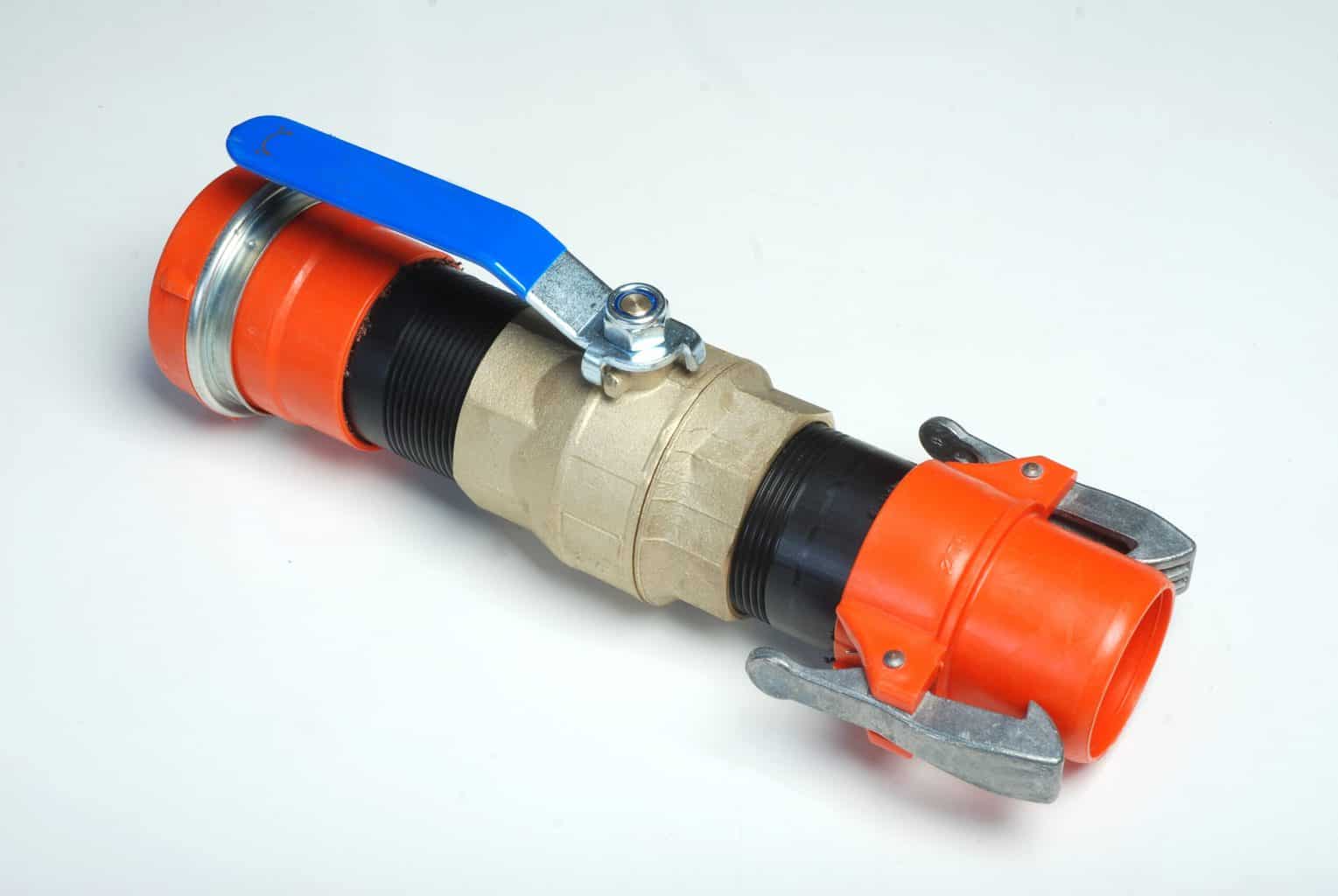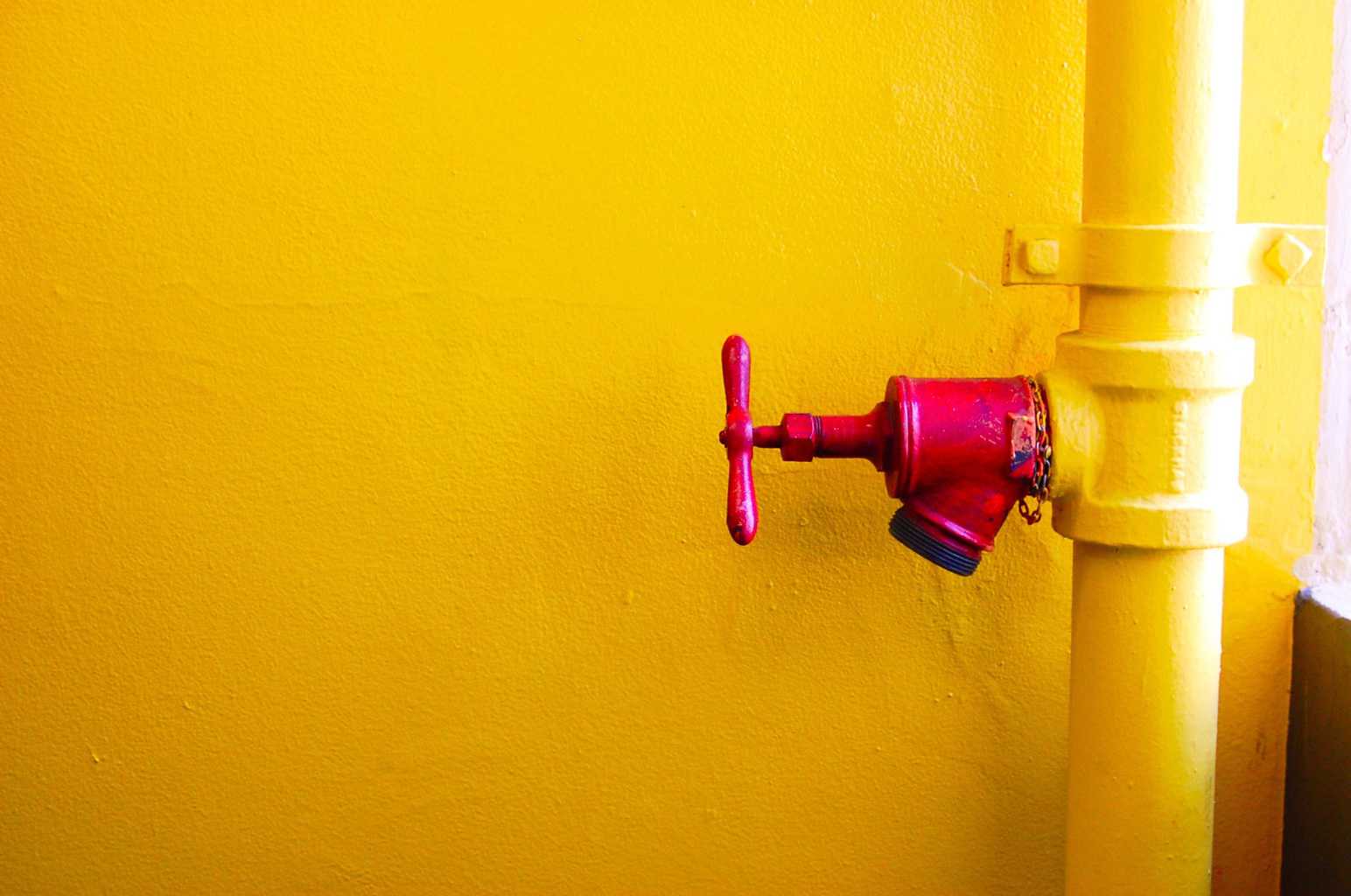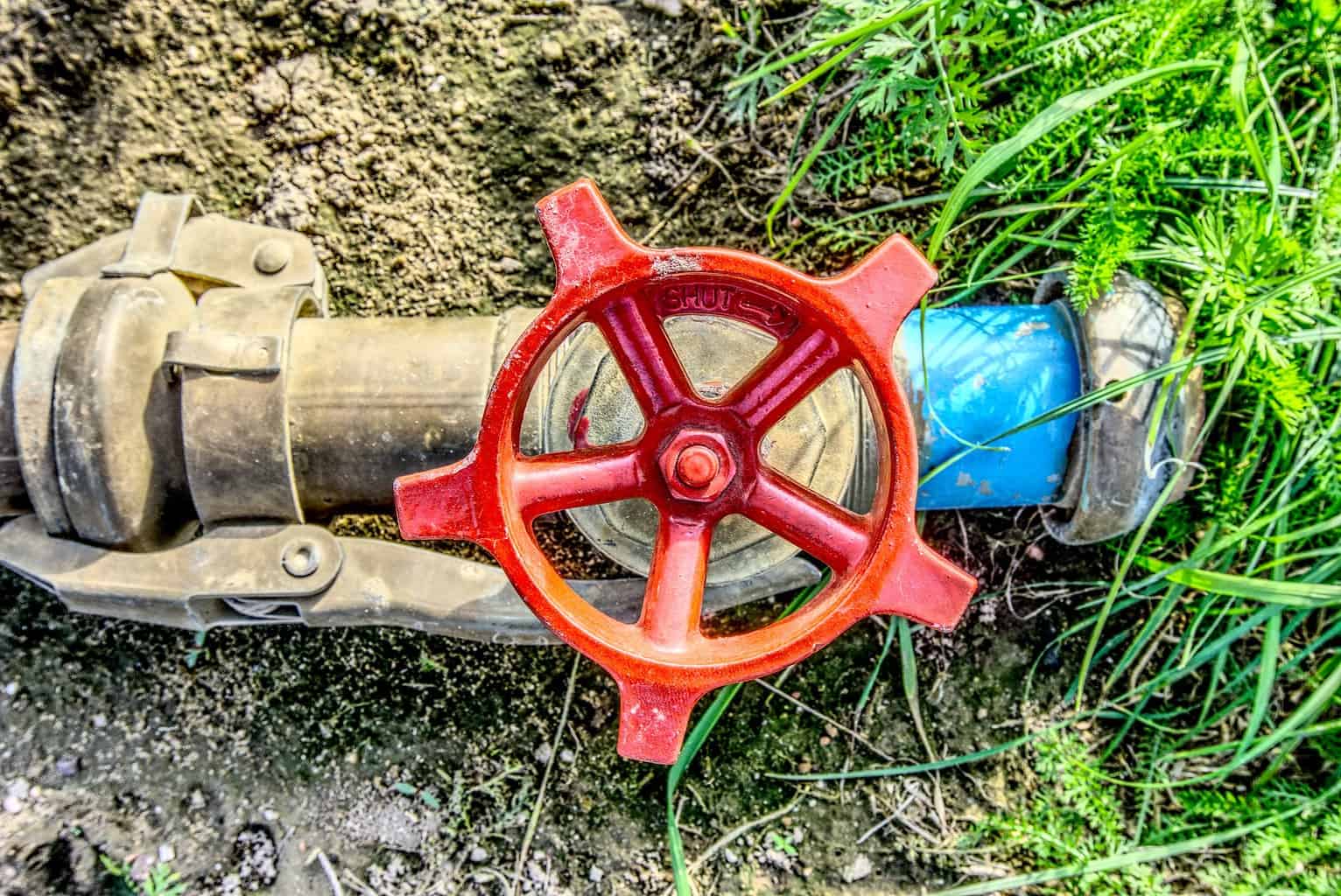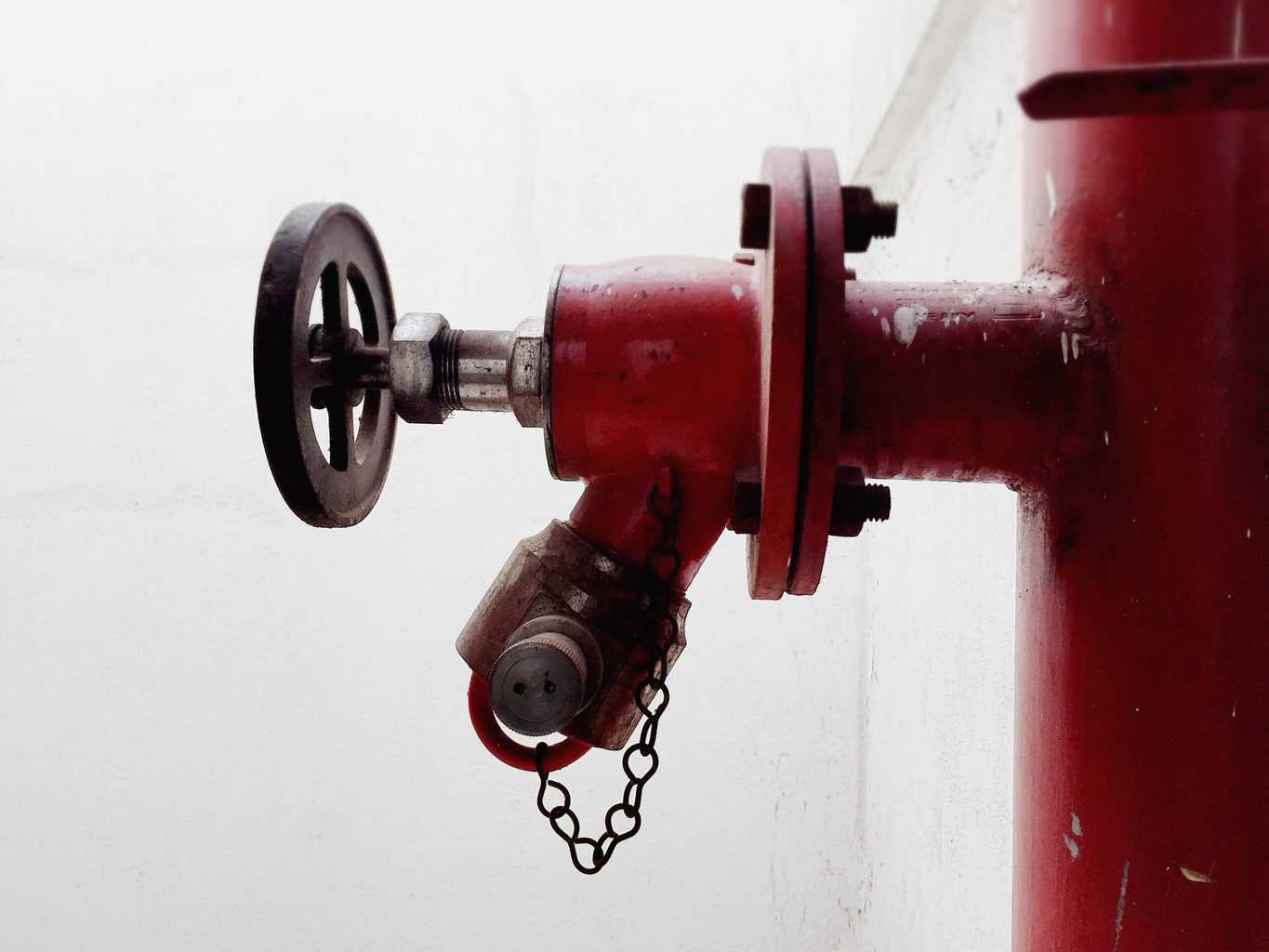As an Amazon Associate we earn from qualifying purchases.
You go to the kitchen one fine morning and you notice water leaking from under the cabinet. You start to panic as you wonder where the water is coming from.
We have all been in this type of mess at least once in our lives. It’s either in the kitchen or in the bathroom where we saw water forming a puddle at an alarming rate.
Actually, a lot of us are not even aware of the intricacy of the plumbing system in our home. There are different types of water shutoff valves placed strategically along the water supply line.
During an emergency or at times when you are upgrading or repairing the system, these shutoff valves are used to cut off the water supply in specific parts of the supply chain.
That’s why you ought to know the water shutoff valves types and their uses. Worry not as the article here will give you the lowdown on this topic. It will cover the main types along with where they are used and why they are preferred.
Do give this a thorough read so that you will know how to stop the water connection instead of pushing the panic button!
Top 9 Different Types of Water Shut off Valves
With some research, we have found out that there are at least nine various types water shut off valves. The following discusses each in turn, along with their pros and cons.

1. Angle Stop Valve
An angle stop valve is also known as a compression valve. It is connected to the water lines that come out from the wall. It is another type of under-sink shut off valve. Its handle can be located parallel to the wall.
Depending on the building structure, different angle stop valve types can be installed in various circumstances.
Applications
There are two situations where an angle stop valve is used. At the time of repair, upgrading, or maintenance of a fixture or appliance, the angle shutoff valve disconnects water supply to the particular appliance. It doesn’t need the water to be disconnected for the entire house.
The second use of this type of stop valve is when there is a leak or a burst in the appliance or fixture. Turning this valve off will instantly shut the water supply before it can flood your house.
2. Straight Stop Valve
A straight stop valve can close the connection of the water supply to toilets, washing machines, or other appliances. Since it stops the flow of water in the same direction from where it initiated before entering the main valve, it is known as the straight stop valve.
Applications
It used in cases where the water line generates from below the ground or the cabinet in the kitchen or bathroom.
This is a type of under-sink shut off valve that does not require the main water supply to be disconnected.
It will only cut off the water supply to the sink or any other appliance it is connected to. Therefore, it is used when you need to do some repair or maintenance work.
3. Push-Fit Shutoff Valve
These are also known as push-on shutoff valves. As the name implies, these can be fitted over all types of pipes – copper, PEX, or CPVC.
Applications
The O-ring of the push-fit shutoff valve seals the inlet port and makes it watertight. The locking teeth ensure that the valve is secured tightly over the pipe and doesn’t move. The versatility of the push-fit shutoff valve makes it a popular choice.

4. Three-Way Stop Valve
The three-way stop valve is termed so because it has two outlets and one inlet. It can come in various configurations.
For example, it could be a cross-shaped one with the two outlets facing opposite each other. Other types come in either “L” or “Y” forms.
Applications
This type shut off valve is usually used under kitchen sinks. It connects to both the dishwasher and to the hot part of the faucet.
The purpose of the three-way stop valve is to stop water flow in one pipe and start the flow in another.
This is done to mix fluids from two separate lines into one line or to separate water flowing from one pipe to two different lines.
The three-way shutoff valve is used for controlling the flow of not only water but also steam, oil, and even industrial fluids.
It’s typically used in heating and cooling systems. Hence, this type of stop valves is usually are a part of boilers, air-handing units, fan coils, and water chillers.
5. Copper Sweat Shut Off Valve
“Sweat” is a term used by plumbers for soldering. This type of shut off valve is referred to as a copper sweat valve because it needs soldering to a copper pipe. It is made of copper.
Applications
The sweat shut off valve is usually installed at the time of building construction. To install this, you need tools for soldering like emery cloth, solder, flux, and torch.
This is a permanent solution that professional plumbers prefer as they last longer.
6. Compression Shut Off Valve
A compression stop valve is used on copper pipes. It consists of a compression nut and a brass ring. The nut is slid onto the water pipe and then it is followed by the brass ring.
Then the pipe is slid into the compression shutoff valve and the nut is tightened properly.
When you tighten the nut, the brass ring is pushed against the compression seat of the valve. This makes a watertight seal.
Applications
Buildings that have rigid copper water pipes use this type of shutoff valve to facilitate more compression power. This reduces the need for repairs. It can be a little tricky to install with the use of a pair of pliers.

7. PEX Stop Valve
PEX or cross-linked polyethylene is another type of plastic. The inlet port of this type of valve is ribbed. This is so because it becomes easy to insert into the pipes.
Applications
PEX Stop Valve mainly used for pipes that have clamp or crimp rings. To install this, you need a ring compression tool. This helps to push the crimp ring against the outer part of the water line.
In the next step, a tab is squeezed on one side of the ring with the help of a clamp ring tool. Such valves are mostly used in households to shut off the flow of cold or hot water into appliances like the dishwasher or to fixtures like sinks and toilets.
They offer a durable alternative to brass and copper shutoff valves.
8. Iron Pipe Stop Valve
Iron pipe stop valves are fitted with iron pipe-sized threads into which you can thread a female inlet port.
Applications
Iron pipe stop valves are used on brass-threaded or galvanized water lines. However, a male iron pipe adapter can be used so that it can be fitted into plastic or copper pipes as well.
This type of shut off valve can be simply screwed or unscrewed from the end of the water pipe. You only need pliers to complete the operation. One pair of pliers to hold the water line properly and another one to tighten the valve.
9. CPVC Shut Off Valve
CPVC or chlorinated polyvinyl chloride is a type of plastic and shut off valves of this type are used on plastic pipes.
Applications
There is a CPVC insert in the intake port of the CPVC valve. This insert lets you stick on the shutoff valve on a CPVC pipe. With the help of a solvent cement or glue, you can join these together.
To make sure that the connection sticks, use glue that is meant for CPVC only. Therefore, it is not easily removable once this valve is set. If you do want to remove it, then you need to cut it off the pipe.
CPVC valves are used as they are more resistant to corrosion and heat than normal PVC material.

Conclusion
By this time, you have the basic idea of various water shutoff valve. It’s also good to know that these valves are located in different areas of your home. The main water valve is usually near the water meter; this is the point where the water makes the first contact with your house.
Other valves can be found closer to smaller supply lines that connect to the faucets, bathrooms, and other appliances inside your home. These can be either large or small in size.
If you are aware of the water shutoff valves types and their uses, you can tackle minor situations before they go out of hand, such as water-damaged furniture. This knowledge will also come in handy if you are building your own home as you can then decide on the type of shutoff valve that suits your needs. From that, you may be able to install a shutoff valve on your own.
As different shutoff valves are made from different materials and have different structures, some have more positive sides than others. If you are aware of these differences, you can make a better decision when you are in the market for buying water shutoff valves.
